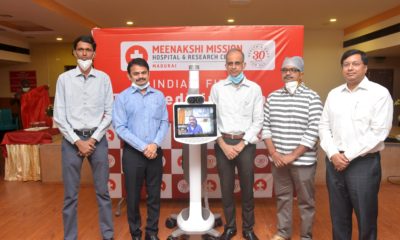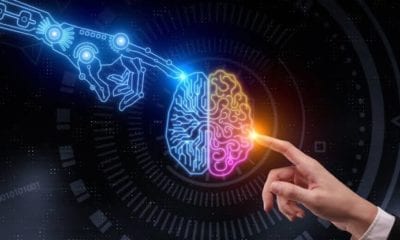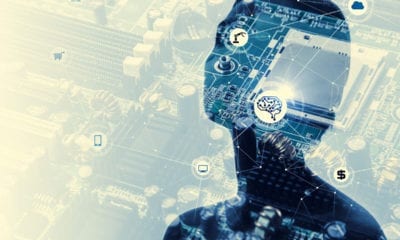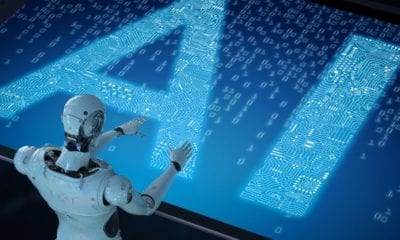Science
Artificial Intelligence: A Brief History
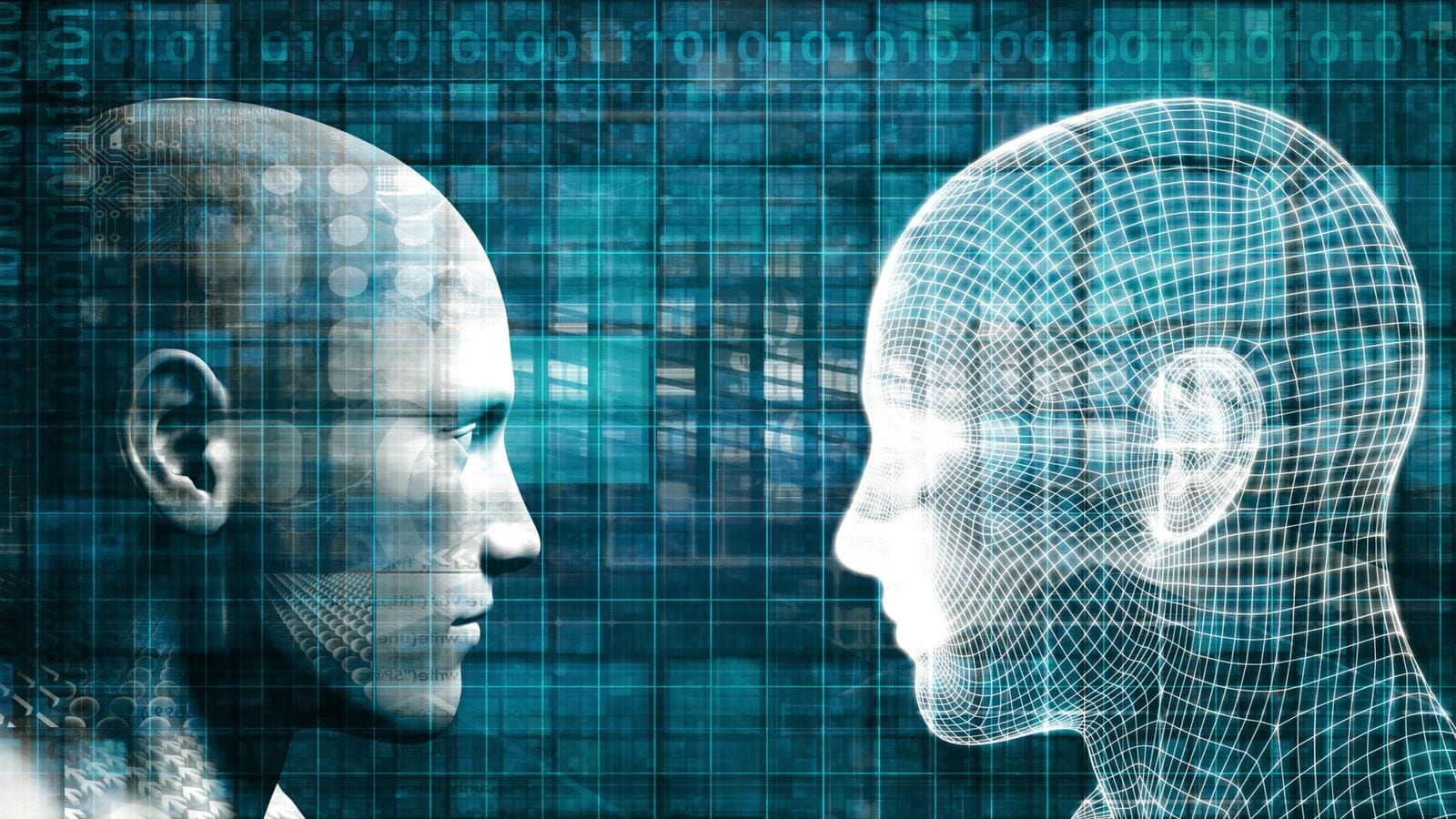
As far back as humans could use imagination and leave records of their musings behind, Artificial Intelligence has been found to be a part of our existence. Whether in the form of stories, folk tales or warnings of doomsday- artificial sentient beings have been here since antiquity.
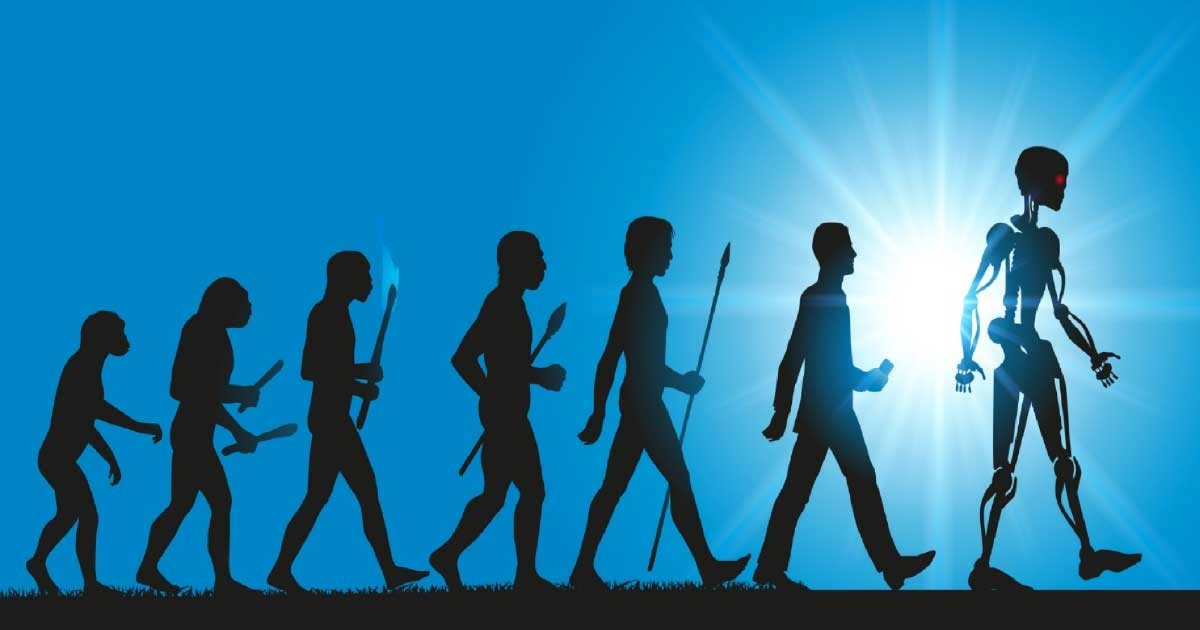
And though a couple of centuries ago, they were still a part of ‘imagination’; they are more real than ever now. Especially with all the technological advancements of the past century, A.I. has developed by leaps and bounds. It won’t be a reach to say that we are living in the sci-fi world of our dreams now, or at least it’s the beginning. So here we are, with a bit of background and history –
ARTICFICIAL INTELLIGENCE: THE BEGINNING
Though the field of A.I. research was founded in 1956, the concept of A.I. and the perpetual work towards it has already been in effect for centuries already. A.I. has been a part of Greek myths as well as the middle ages where Alchemy reigned. They have also made their presence known in 18th and 19th century fiction works by a number of writers. But the major developments were seen in the 20th century.
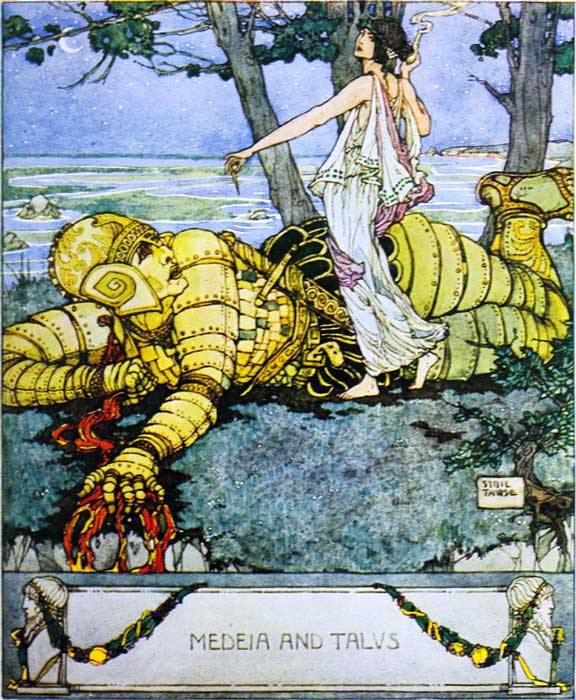
Numerous papers by scientists and scholars were published regarding AI. The speculations and theories of all kinds went through the roof in 1923, the word ‘robot’ was first used in English via a play. The 1920s and 1930s were filled with analyses and theorems and Kurt Gödel, the father of theoretical computer science, built a universal integer-based programming language. Another decade in and digital computers and program-controlled computers showed up. The term ‘Cybernetics’ was coined by Rosenblueth, Wiener, and Bigelow in 1943. The following years brought to light the Game theory which proved invaluable in the progress of AI.
THE MONUMENTAL DEVELOPMENT OF LATE 20TH CENTURY
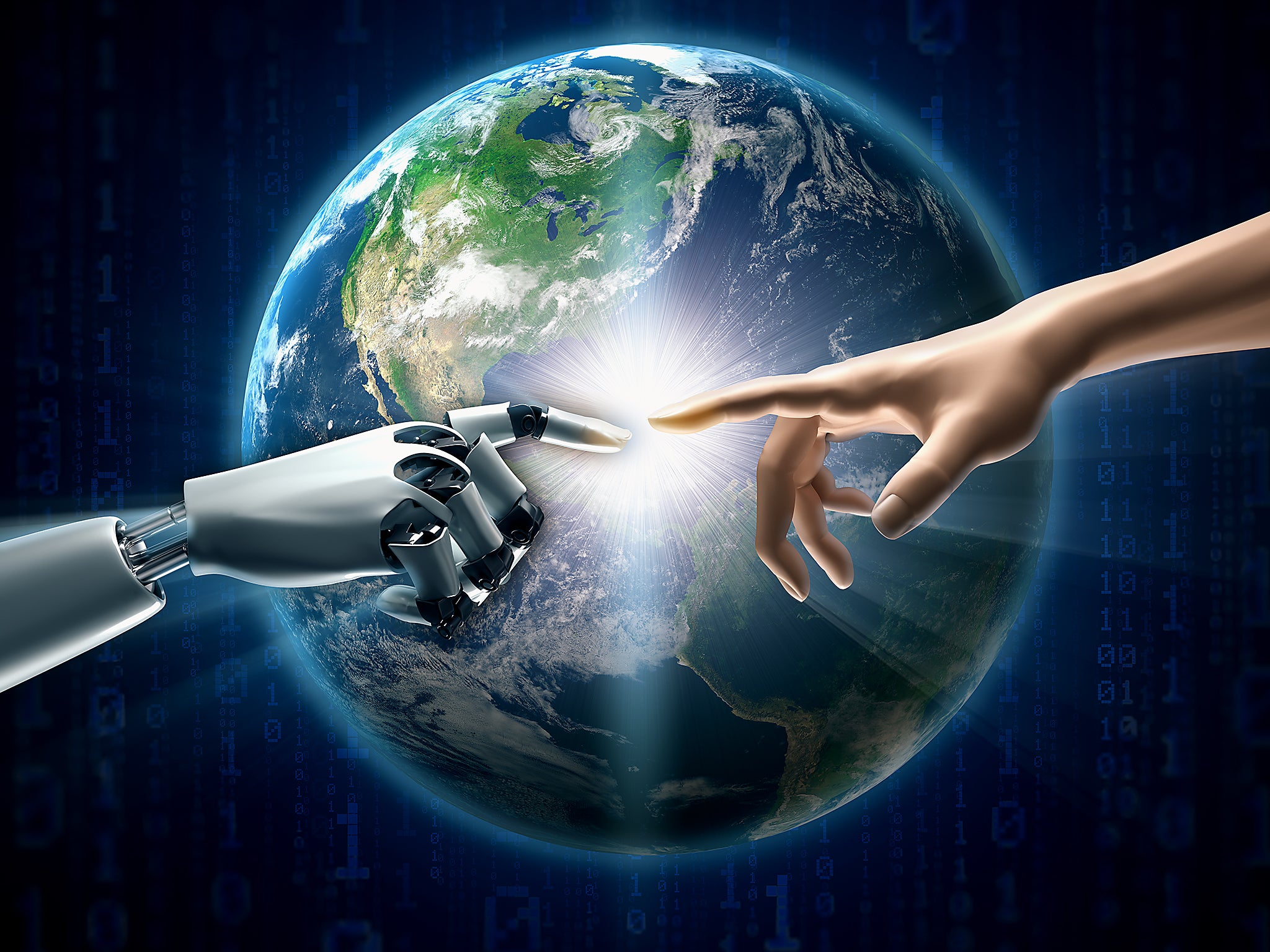
The 1950s were even better and we got Turing test, the three laws of Robotics, first working AI programs and the term ‘Artificial Intelligence’ was coined by John McCarthy in 1956. The demonstration of the first A.I. program by Newell, Shaw and Simon also took place in the same year. The 1960s continued the new developments and a lot of research papers and articles were published. New Programming languages and interactive programs came into the picture and in 1968, a chess-playing program MacHack was built at MIT by Richard Greenblatt. 1970s were even more productive as we got SHRDLU, a language understanding program and a robot arm carrying out instructions typed in English. In 1972 a group at the University of Edinburgh built Freddy Robot which was capable of using visual perception to locate and assemble models.
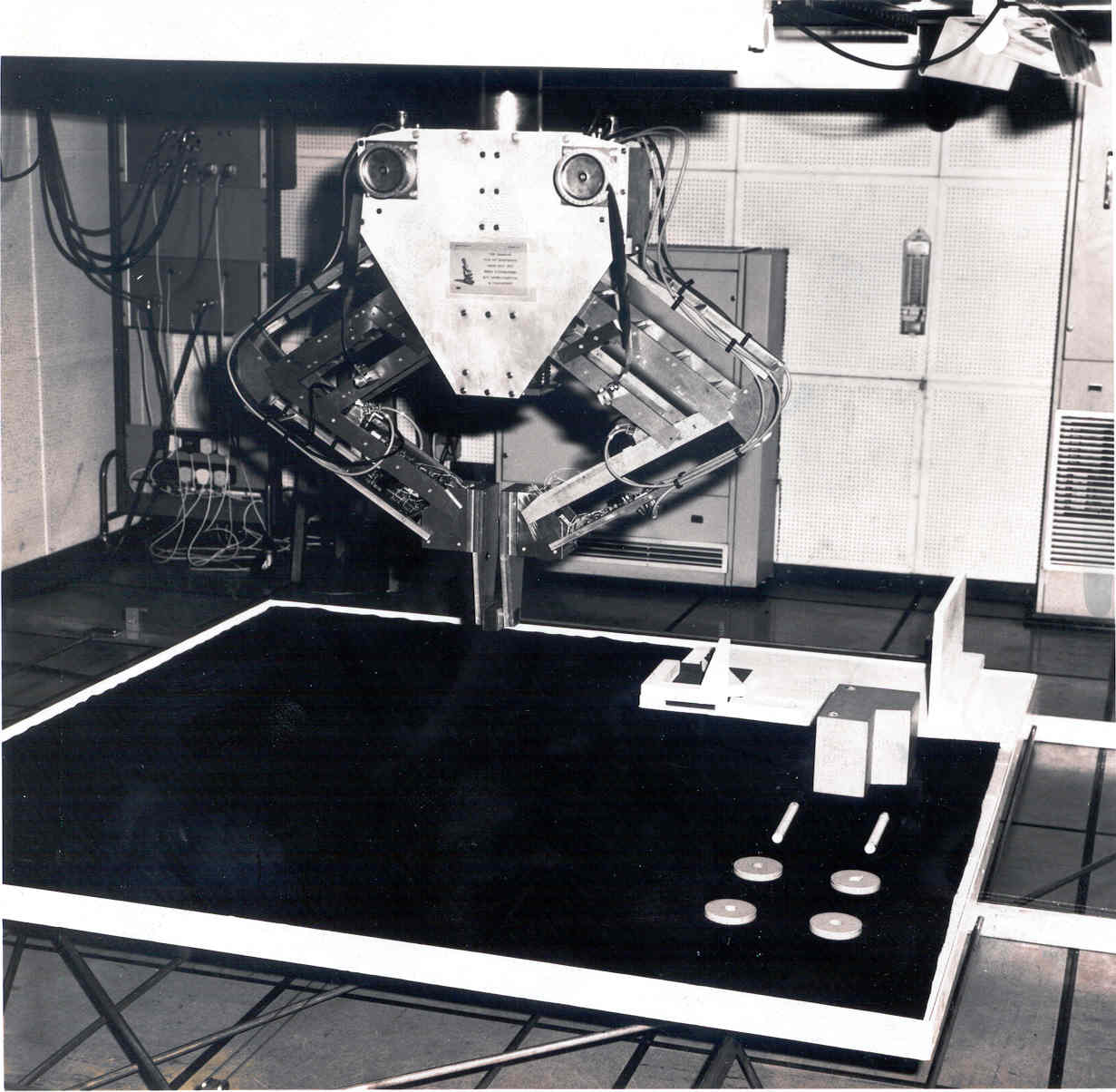
By the end of the decade, we also got the first computer-controlled autonomous vehicle, the Stanford Cart. The mid-1980s also gave us an autonomous drawing program AARON and the first robot cars.
The 1990s had major advances in all fields of A.I. including machine learning, intelligent tutoring, data mining, natural language understanding, games, translation, and even virtual reality. The programs are now powerful enough to compete with world-class players in games.
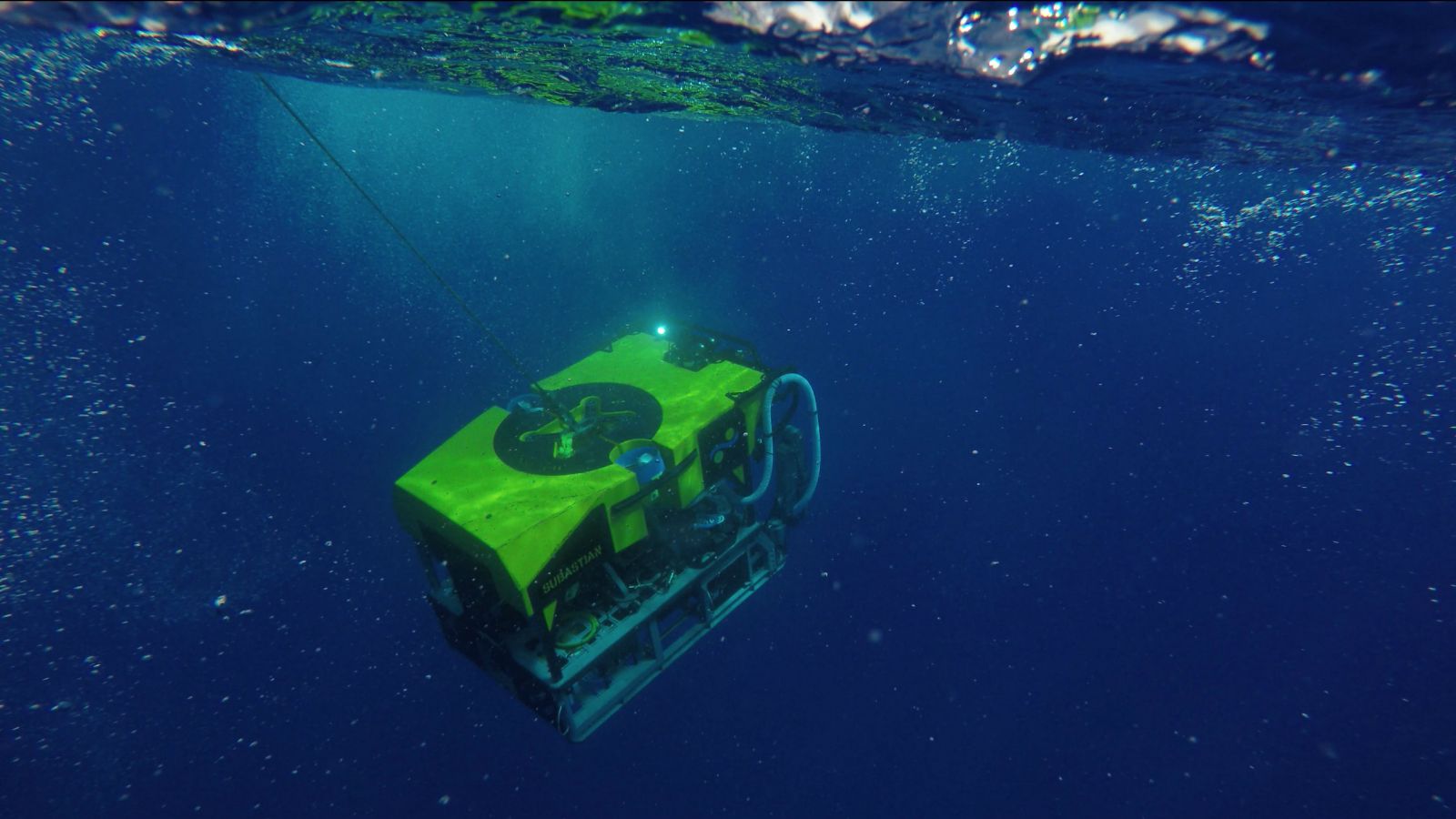
In 1992, NASA successfully explored the Antarctic marine life with an undersea robot Telepresence ROV. Also Polly, the first robot to navigate using vision and operate at 1 meter per second was created by Ian Howell using behavior-based robotics. 1994 saw the twin robot cars VaMP and VITA-2 drive over a thousand kilometers in Paris with passengers on board. The A.I. programs also continued to win the world championship level games, thus showcasing improved analytical thinking.

In 1997 Furby is released and becomes the first A.I. to reach a domestic environment. In 1999, Sony introduced the AIBO, a domestic robot similar to Furby but improved. AIBO was one of the first artificially intelligent ‘pets’ that are autonomous. This brings us to an end of the 20th century developments in A.I. which laid the foundation of the 21st century A.I. technology that we see now. From emotive humanoid robots to virtual assistants- development in the A.I. field doesn’t seem to halt anytime soon. If anything, we can expect even more wondrous breakthroughs in the near future.


